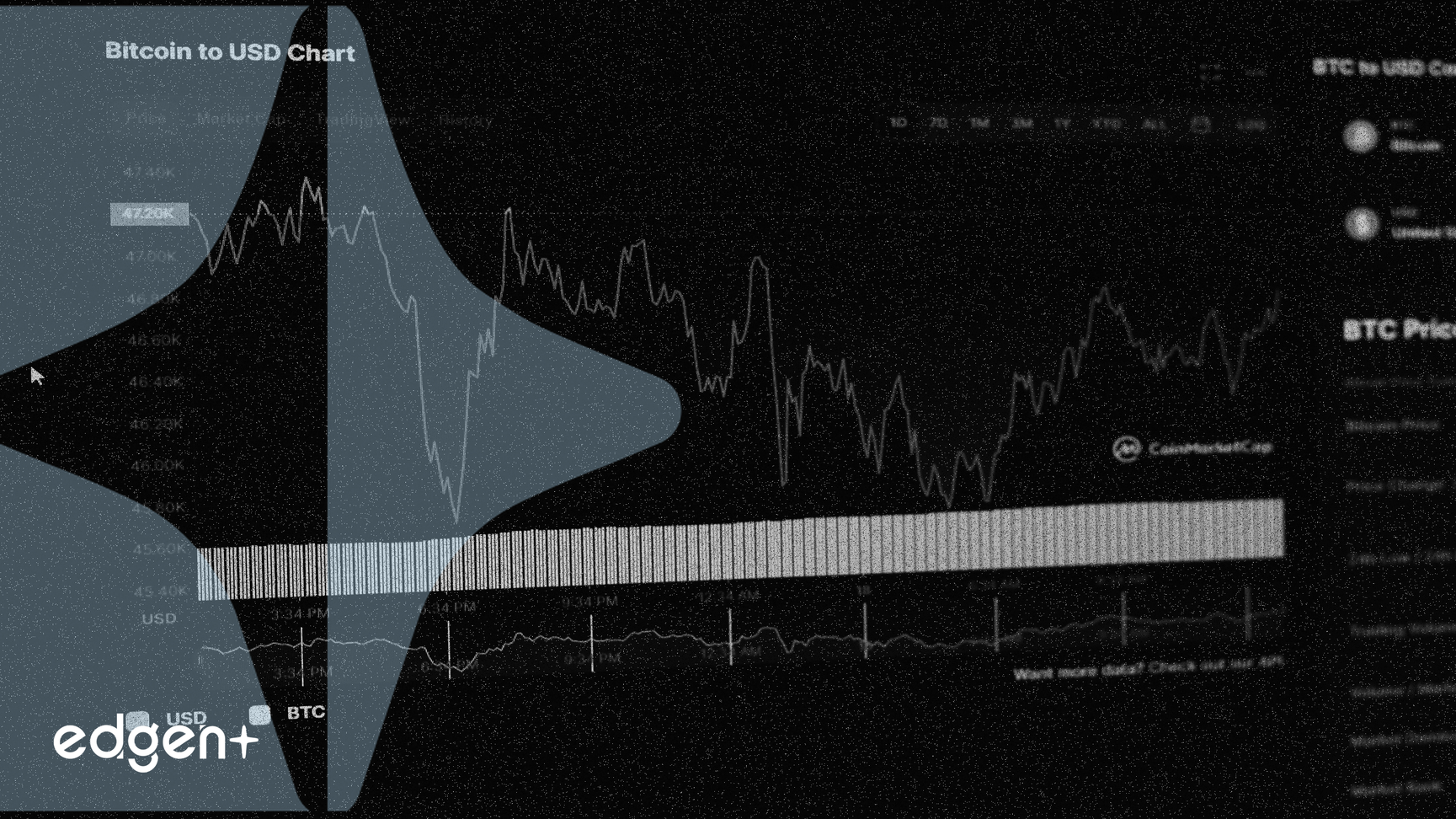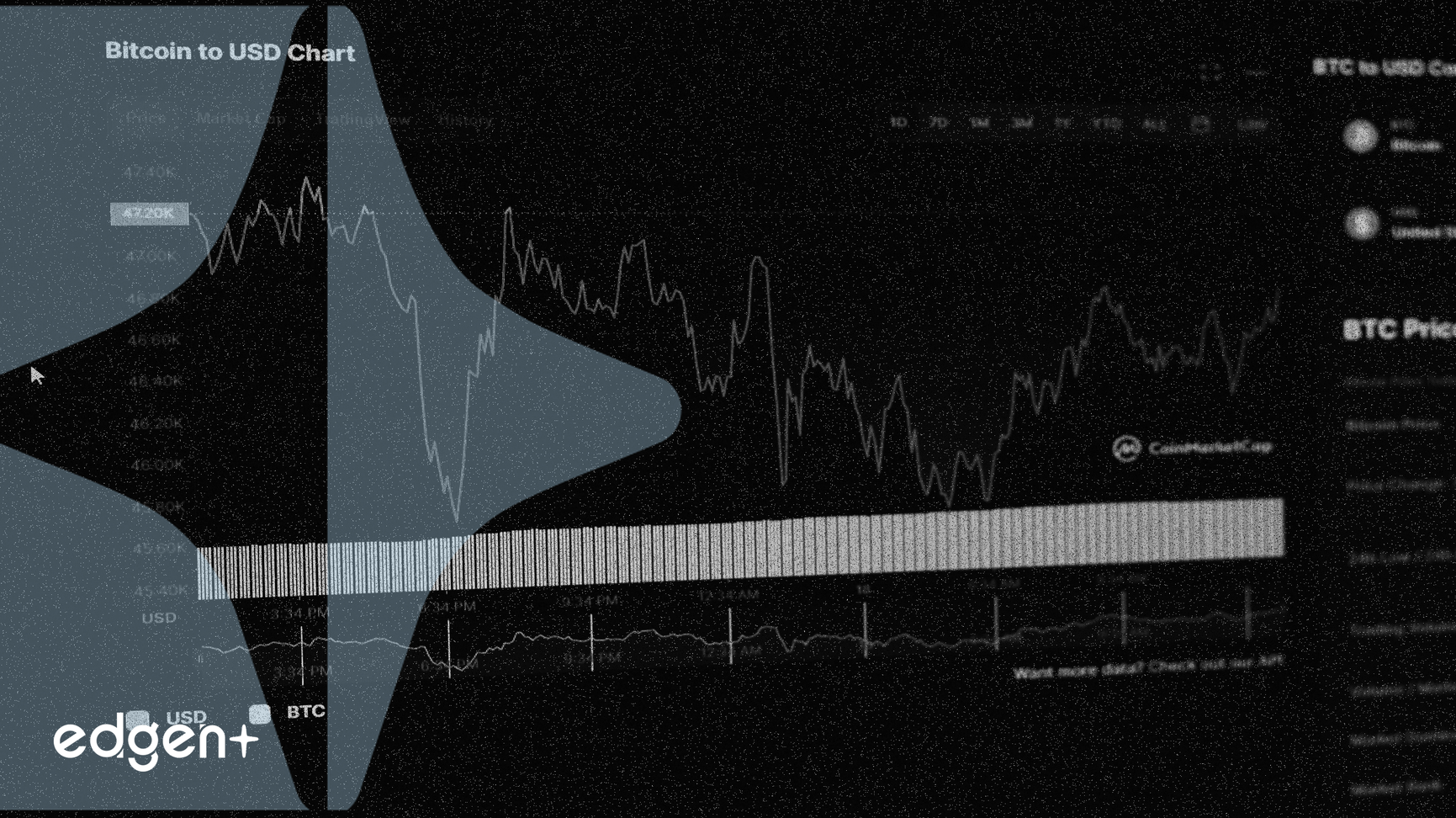The Event in Detail
Variational, a decentralized perpetual exchange operating on the Arbitrum blockchain, has rapidly expanded its footprint in the DeFi sector. The platform differentiates itself through a zero-transaction-fee model, which has contributed to a cumulative transaction volume exceeding $1.2 billion. Instead of traditional fees, Variational's revenue is generated through its Omni Liquidity Provider (OLP), which acts as the sole market maker. The OLP provides quotes incorporating a buy-sell spread, with this spread constituting the platform's profit. Between April and July 2025, the OLP reported an annualized return in excess of 300%.
A key innovation implemented by Variational is its loss refund mechanism. This system aims to mitigate user risk by offering compensation in instances of abnormal market fluctuations resulting in forced liquidations or stop-loss orders. Eligible users can receive compensation at 120% of their incurred losses, alongside proportional additional airdrops. The funding for this mechanism is allocated from 10% of Omni's spread revenue, which is directed to a dedicated Loss Refund Pool. Refunds are capped at either the full loss value or 20% of the Loss Refund Pool, whichever amount is lesser. Users realizing a negative profit and loss (PnL) exceeding $1 are entered into a lottery system for a refund, with a base refund chance of 2% augmented by a reward tier multiplier ranging from 1x to 2x. This strategy is presented as a means to foster trust and establish a quantifiable accountability framework within a decentralized architecture.
The platform also utilizes an automated listing engine to introduce new perpetual markets. This engine rigorously evaluates potential listings against several criteria, including the availability of robust price feeds from suitable oracles (e.g., exchange listings or AMM pools with sufficient liquidity), minimum activity thresholds (e.g., market capitalization, 24-hour trading volume), decentralization requirements (e.g., absence of concentrated token holdings), and thorough security checks (e.g., analysis for harmful contract code). Markets failing to sustain these criteria may be delisted, with all open positions closed at a settlement price derived from an exponentially weighted moving average.
Market Implications
Variational's unique operational model, particularly its zero-fee structure and loss refund mechanism, positions it as a significant contender in the decentralized derivatives market. This approach could enhance Arbitrum's appeal as a hub for sophisticated DeFi trading activities, attracting a larger user base seeking cost-efficient and risk-mitigated trading environments.
The emergence and growth of platforms like Variational underscore a broader trend of Decentralized Exchanges (DEXs) closing the gap with Centralized Exchanges (CEXs) in terms of trading volume and functionality. October's decentralized perpetual trading volume alone surpassed $1 trillion, setting a new record and illustrating the increasing adoption and liquidity within the DeFi derivatives sector. This surge, led by platforms such as Hyperliquid with $317.6 billion in trading volume during October 2025, highlights a fundamental shift in investor preferences toward decentralized solutions. Variational's model, incorporating advanced risk mitigation, reflects an institutionalized approach to risk governance within a decentralized framework, aligning with CEX practices like Binance's compensation for specific user losses due to market disruptions.
The OLP-driven revenue model diverges from conventional Automated Market Maker (AMM) designs, where liquidity providers earn fees from individual trades. Variational's internalization of market-making profits through spreads represents an evolution in AMM architecture, demonstrating alternative methods for sustaining decentralized trading platforms while offering competitive advantages to traders.
Broader Context
The innovations introduced by Variational resonate with core Web3 principles, emphasizing decentralization, user control, and enhanced transparency. By offering a platform where financial services are automated and accountability mechanisms are embedded, it exemplifies the potential of decentralized applications (dApps) to redefine traditional finance. The platform's automated listing engine also contributes to the efficiency and security of token onboarding in a decentralized ecosystem, filtering for active and secure assets.
Furthermore, the integration of a proactive loss refund system signifies a maturing approach to risk management within the DeFi landscape. This commitment to user protection and quantifiable accountability could establish new benchmarks for trust and reliability in decentralized trading environments, fostering broader adoption and investor confidence in the Web3 financial ecosystem. The ability to refund losses, even partially, addresses a critical concern for many traders in volatile markets, distinguishing Variational from many peer platforms.
source:[1] Variational: A Perp DEX with Zero Fees and Potential Refunds for Losses (https://cryptowesearch.com/articles/variation ...)[2] How does Variational, produced by Columbia University, generate revenue with zero fees? | 律动BlockBeats on Binance Square (https://vertexaisearch.cloud.google.com/groun ...)[3] The New Order of Trading: How CEX and DEX Reshape the Derivatives Market - Odaily (https://vertexaisearch.cloud.google.com/groun ...)



